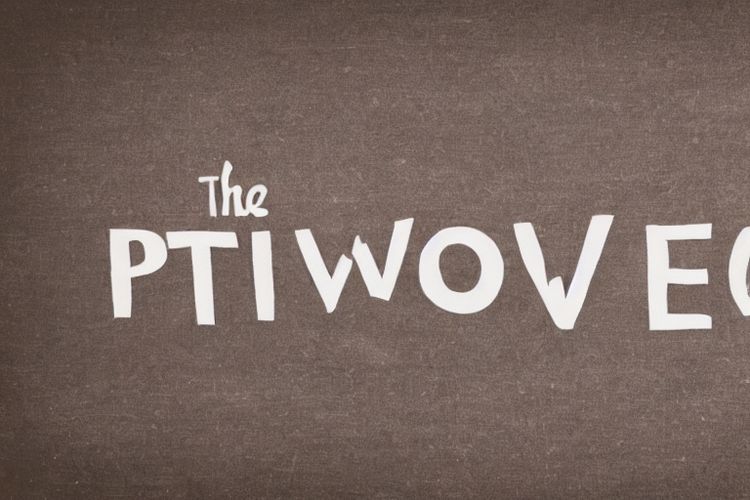The Art of Time Management: Unlocking Productivity and Balance

Time is a precious resource that we all have in equal measure. Yet, some people seem to effortlessly accomplish their goals and balance their personal and professional lives, while others feel overwhelmed and perpetually behind. The secret to their success lies in mastering the art of time management.
Time management is not just about getting more done in less time; it is about using your time effectively to achieve your goals and create a sense of balance in your life. It is about prioritizing your tasks, setting realistic expectations, and making conscious choices about how you spend your time.
The first step to mastering time management is to set clear goals. Without a clear vision of what you want to achieve, it is impossible to make informed decisions about how to spend your time. Take some time to reflect on your long-term goals and break them down into smaller, actionable steps. This will provide you with a roadmap for your daily activities and help you maintain focus on what truly matters.
Once you have set your goals, the next step is to prioritize your tasks. Not all tasks are created equal, and it is crucial to identify those that are urgent and important. The Eisenhower Matrix, popularized by former US President Dwight D. Eisenhower, can help in this regard. It categorizes tasks into four quadrants: urgent and important, important but not urgent, urgent but not important, and not urgent and not important. By focusing on tasks in the first two quadrants and minimizing or eliminating those in the latter two, you can maximize your productivity and spend your time on what truly matters.
Another key aspect of time management is to avoid multitasking. Despite popular belief, multitasking is not an efficient way to get things done. In fact, studies have shown that switching between tasks can reduce productivity by up to 40%. Instead, practice focused attention by dedicating a specific amount of time to completing a task before moving on to the next one. This way, you can fully immerse yourself in the task at hand and complete it more efficiently.
In addition to prioritizing tasks and avoiding multitasking, time management also requires creating boundaries and saying no. It is easy to get overwhelmed with the demands and expectations of others, but learning to set boundaries and say no when necessary is crucial for maintaining balance and protecting your time. Remember, every time you say yes to something, you are saying no to something else. By being selective about what you commit to, you can ensure that your time is spent on activities that align with your goals and priorities.
Finally, it is important to build downtime into your schedule. Overworking and neglecting self-care can lead to burnout, reduced productivity, and compromised well-being. Take breaks, pursue hobbies, spend time with loved ones, and engage in activities that recharge your energy. It may seem counterintuitive, but taking time off can actually boost productivity and enhance your ability to manage time effectively.
In conclusion, the art of time management is essential for unlocking productivity and balance in your life. By setting clear goals, prioritizing tasks, avoiding multitasking, creating boundaries, and building downtime into your schedule, you can make the most of your time and achieve both personal and professional success. Remember, time is finite, but with effective time management, you can make the most of every precious moment.



